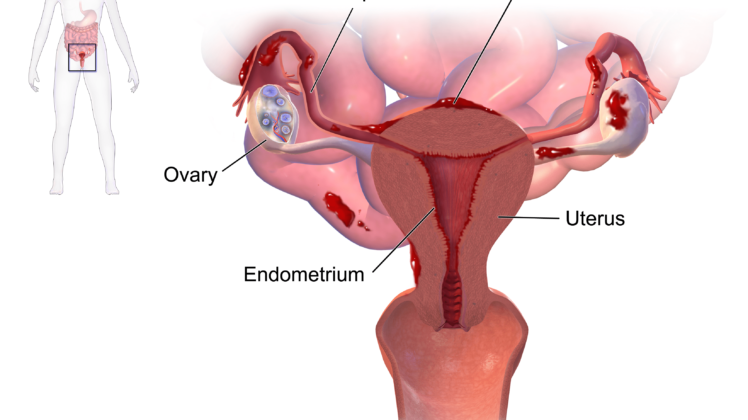
A pelvic organ prolapse occurs when a pelvic organ, such as the bladder or rectum, drops and pushes against the walls of the vagina. Symptoms associated with this include pelvic pressure, painful intercourse, and urinary incontinence.
Women facing a possible surgical removal of the uterus, also called a hysterectomy, are facing many fears associated with this procedure. It is likely that the uterus is being removed due to cancer of the reproductive organs. Other reasons include painful fibroids and endometriosis. Along with the uterus, some women might have the ovaries removed as well. Ovary removal is quite a controversial topic, as doing so is said to reduce the risk of breast and ovarian cancer. It can also lead to an increased risk of cardiovascular disease, lung cancer, and osteoporosis, accompanied by declines in cognitive abilities and sexual function. There is even an increased risk of death associated with this procedure.
There was a common assumption that ovary removal also increased the risk of pelvic organ prolapse, but researchers have recently provided evidence disputing this notion. An analysis of 9,000 women participating in the Women’s Health Initiative studies showed those who retained their ovaries actually had a 23% higher risk of pelvic organ prolapse than those who had their ovaries removed. Researchers saw a stronger relationship between age and pelvic organ prolapse, rather than factors such as menopause and estrogen decline.
Analysis of these women brought to light more factors related to pelvic organ prolapse. Giving birth to more than one child increases your risk by 50%, while obesity increases your risk by a startling 75%. Lastly, Latina, Asian, Native American, and White women are at a higher risk of prolapse than African American women.
